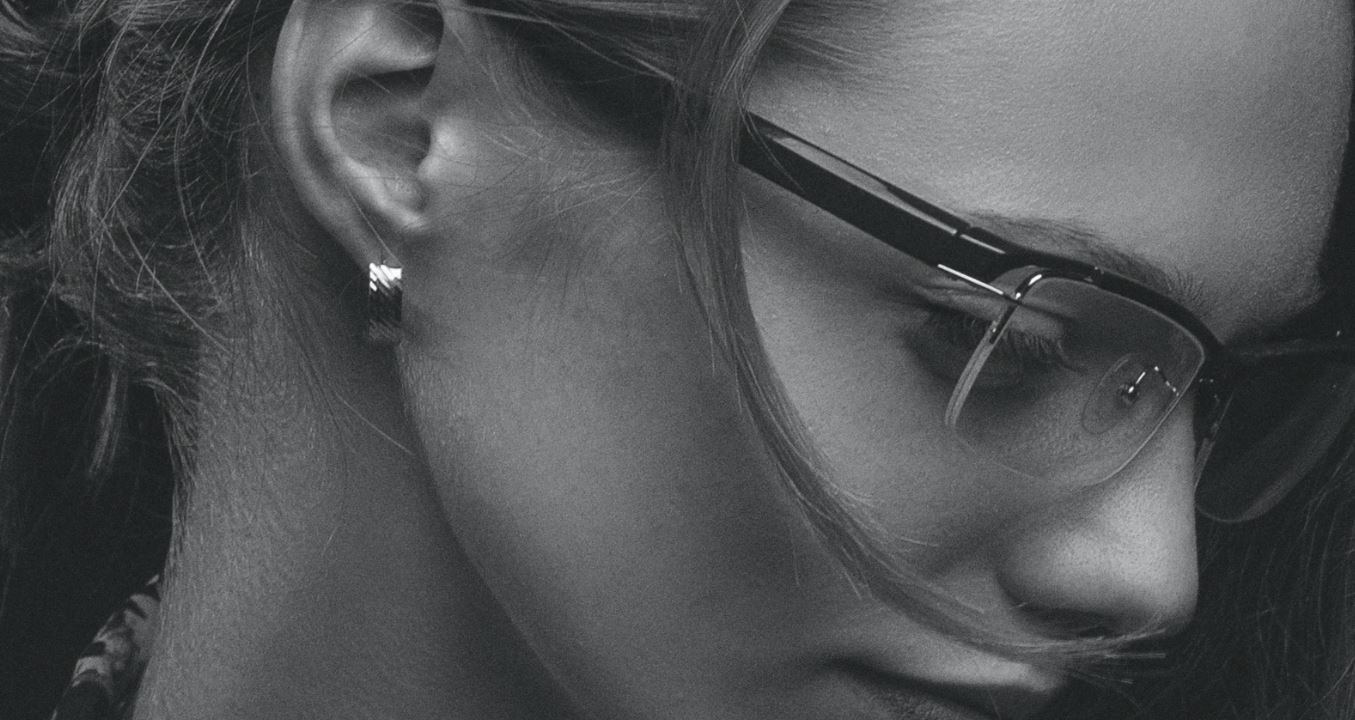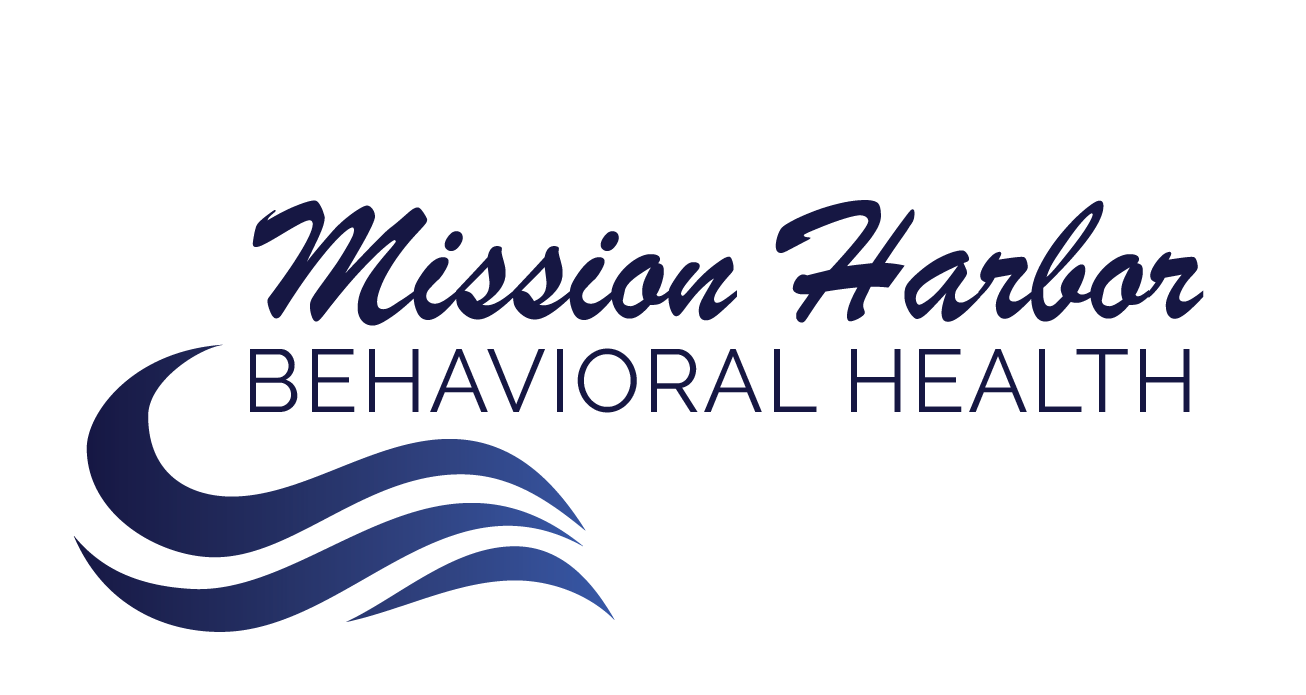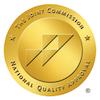
Mental illnesses are fairly common in the United States. Defined as health conditions that affect thoughts, actions, or feelings, they become disorders when they make it hard to function or cause distress in daily life. Around 20% of adults in the United States have problems with mental illness and addiction, and 4% of those are severe. Over 8% also have a substance use disorder that makes it harder to treat the mental disorder, and it also increases the chance of relapse.
When and How do Mental Illnesses Develop?
It’s hard to pin down the cause of a specific mental illness, but researchers know that most mental disorders result from a mixture of genetic, environmental, and psychological factors:
Environmental and psycho-social factors may also act as a trigger, especially when there is a genetic vulnerability to mental illness. In the U.S., 1 in 6 youth between the ages of 6 and 17 experience a mental disorder every year. Half of all mental illnesses begin by age 14, and 75% of all mental disorders show up during early adulthood, or before the age of 24.
What are the Most Common Forms of Mental Illness?
Disorders involving anxiety are the most commonly diagnosed mental health conditions in the U.S. Although treatment is available, fewer than 4 in 10 people get help. Over 40 million Americans 18 years or older experience anxiety disorders every year. They see the doctor more often and are six times more apt to end up in the hospital than their peers without anxiety. Anxiety usually results from a mixture of factors like brain chemistry, personality traits, genetics, and adverse experiences.
Depression is also common and often accompanies anxiety. It involves periods of severe mood change that last two weeks or longer, resulting in feelings of low self-esteem, negative thoughts, and feelings of hopelessness. It may also affect appetite, weight, sleep habits, or energy.
Depressed moods occur more often in females than males, and it affects them differently. Men are frequently irritable, angry, or fatigued while women are more likely to have classic symptoms like sadness or low mood. Besides possibly acting impulsively or abusing drugs or alcohol, men may not know they’re depressed and often go undiagnosed. It’s also important to note that women are more likely to get help for depression and addiction.
Depressed teens may get into trouble at school or show signs of irritability, and they are more likely to have other disorders, such as substance abuse or eating disorders, that accompany the mood changes.

According to a parent survey in 2016, around 6 million young people aged 17 years or younger had been diagnosed with attention deficit hyperactivity disorder (ADHD). Other mental health disorders include post traumatic stress syndrome (PTSD), bipolar disorder, obsessive-compulsive disorder (OCD), borderline personality disorder, and schizophrenia.
Mental Illness Leads to Substance Abuse and Makes It Worse
A substance use disorder can develop at any age, but the first symptoms often show up in adolescence. Comorbid conditions, such as depression and addiction, are harder to treat than a single condition, especially when they occur during the transition from youth to adulthood.
Teens or young adults are still developing skills that help them make wise decisions and control impulsive behavior. When they don’t get the intervention or guidance they need, they may self-medicate with other substances, increasing the risk of substance use or mental disorders as adults.
Researchers still don’t know if prior drug use leads to later problems or if the correlation is because of risk factors related to genetics, environment, and psychology. Studies show that daily use of marijuana may make users up to five times more likely to develop certain psychiatric disorders as non-marijuana users. Evidence suggests that mental conditions in childhood reduce the risk of later substance use disorder, making early diagnosis even more crucial.
What is Dual Diagnosis Treatment?
Dual diagnosis of a substance abuse disorder and a psychiatric condition complicates treatment. The National Alliance on Mental Health (NAMI) recommends an intervention that includes treatment for both the mental illness and addiction. While every addict is unique, recovery plans involve a mixture of these therapies:
Patients with co-occurring conditions need ongoing support and structured treatment plans to maintain sobriety. Those with serious addictions to alcohol or drugs may need to go to a medical detox center to get help with withdrawal before entering rehab.

Get Help for Mental Illness and Addiction
At Mission Harbor Behavioral Health, we provide a comprehensive outpatient program that is flexible and unique. With a telehealth option and individualized plans based on patient history and clinical assessment, we tailor your treatment to meet your individual needs. Our program for adolescents between the ages of 12 and 17 provides help for substance use disorder, anxiety, depression, cutting, eating disorders, and more.
Contact us today for more information about our dual diagnosis treatment program.
The facilities at Mission Harbor are staffed with trained experts to best assist patients with their mental health issues. We are capable of dealing with any and all cases with a licensed staff, equipment, and approved techniques. Our mission is to help those who want to help themselves, and we support your decision in seeking help.
Get Help Now
Alcohol addiction is extremely difficult to overcome on your own.. Seek specialized help and let professionals guide you in your recovery.

